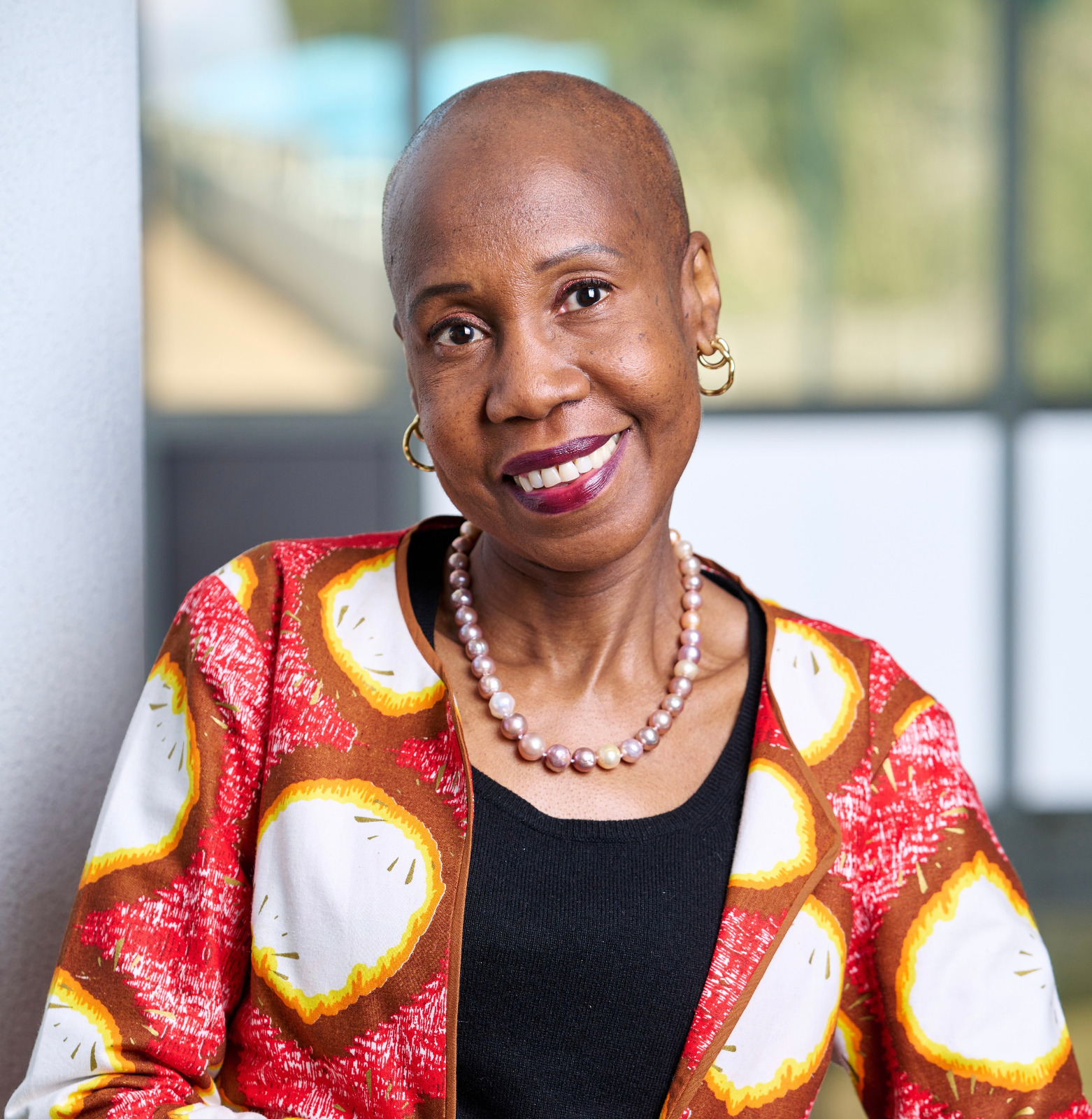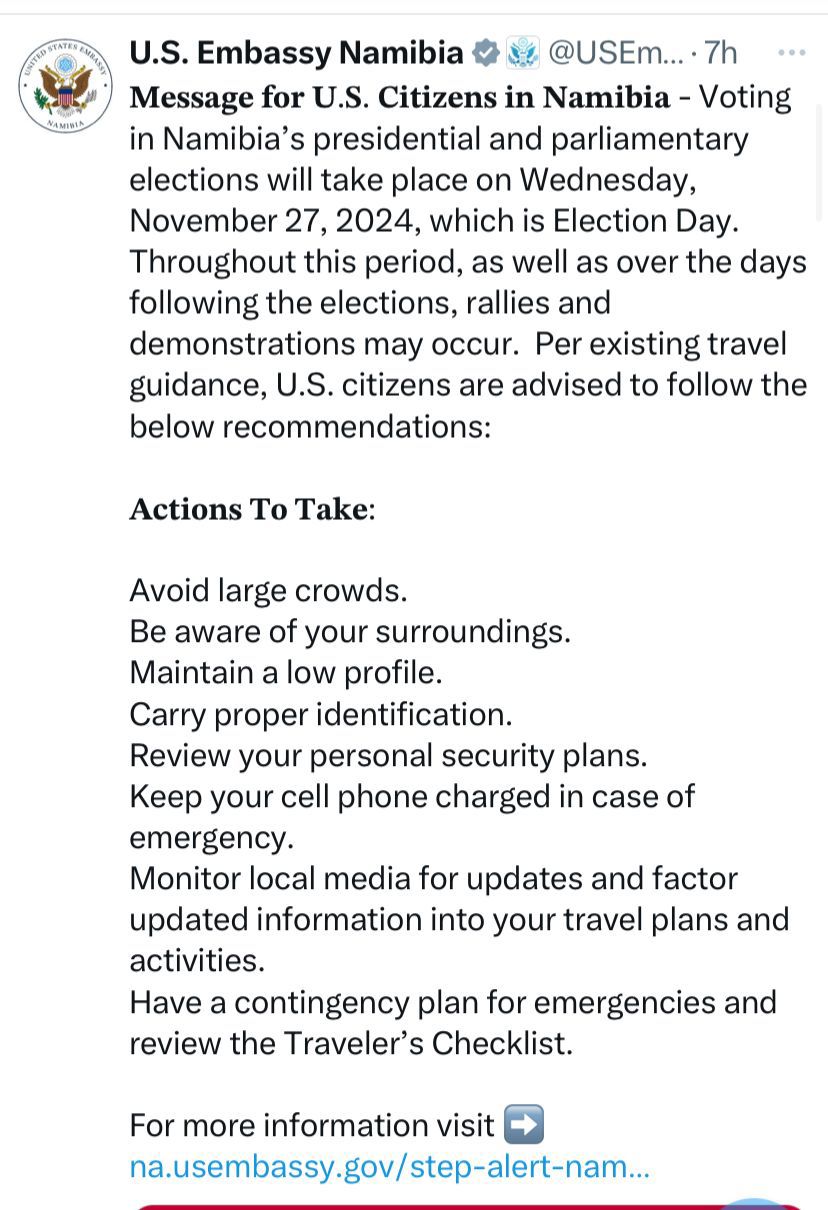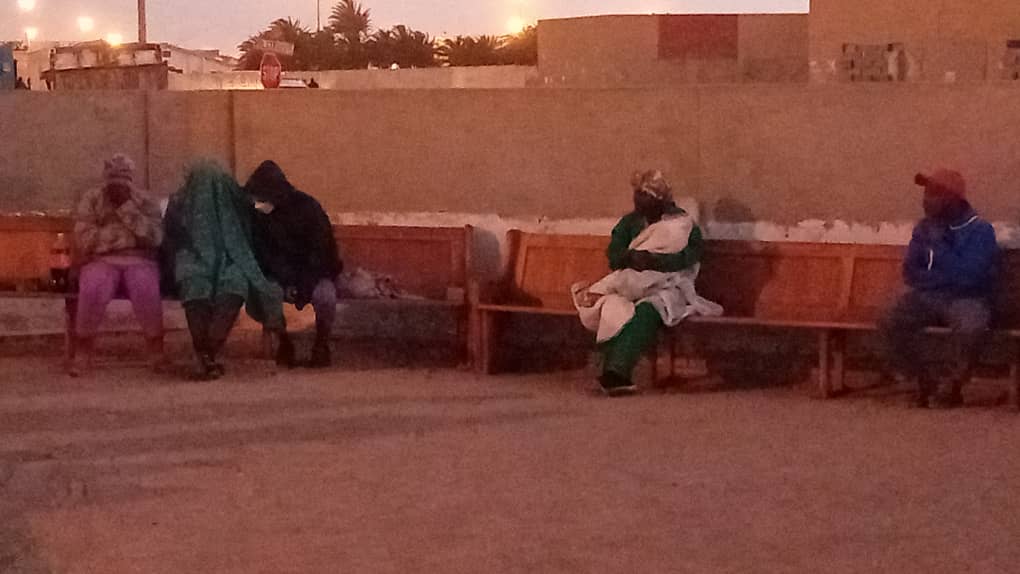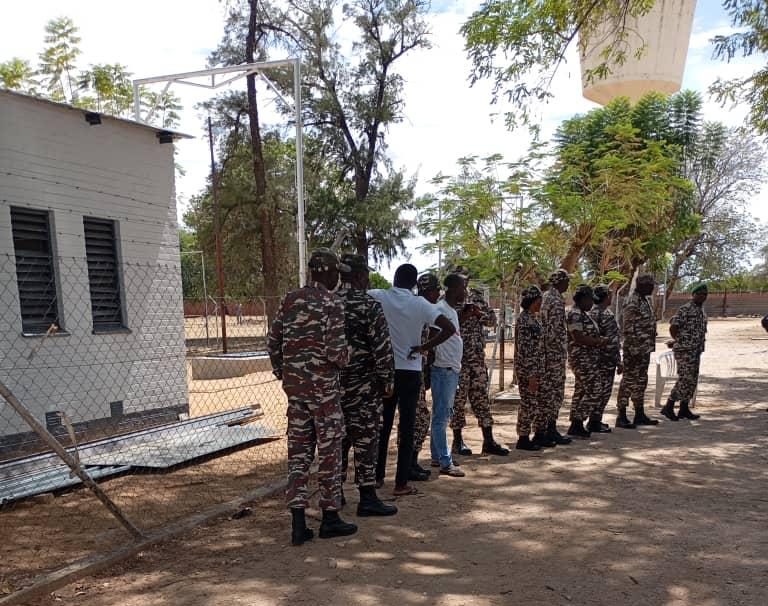Just less than six years until the expiration of Agenda 2030 on Sustainable Development, wars and conflicts are raging, climate change is taking its toll, and we are faced with considerable uncertainty, but hope remains.
A month ago, the United Nations General Assembly adopted the Pact for the Future, which sets out a vision for multilateralism so that the world can deliver on its promises.
Some are sceptical about another framework that replaces Agenda 2030 which has failed to achieve all its targets.
Others are more hopeful that the Pact, as ambitious as it is, highlights the need to address persistent current issues and emerging ones.
However, let’s bear in mind that pacts and other aspirational documents are crafted by people, and that the failure to realise the targets rests with people, despite external factors.
Seeing any traction will depend on our commitment, will and behavioural change, including mindsets.
COMMON CAUSE
We all have common wants for our countries, including sustainable development, equal access to housing, food, education, health, gender equality, and respect for human rights – issues enshrined in the UN Charter (adopted in 1945) and subsequent documents, including Agenda 2030, and the Pact for the Future.
The charter unquestionably remains highly relevant.
What must change are the institutions established to bring about change – the Security Council, and the multilateral financial institutions that are no longer fit for purpose.
Resistance to change means that some benefit at the detriment of too many others.
Institutions must also be recalibrated in-country to ensure they bring about positive change in the lives of their people.
This includes the UN, and efforts have been made, such as through the role of a reinvigorated resident coordinator system with the UN Country Team delivering on commitments under a unified framework.
In Namibia, one chapter ends, the implementation of the UN Partnership Framework (UNPAF), 2019-2024, and a new one begins, the UN Sustainable Development Cooperation Framework (UNSDCF), 2025-2029.
WHAT HAVE WE LEARNED?
Firstly, not all the targets were achieved so we have unfinished business we are carrying into this next phase.
Most targets reached were around social transformation – health, education, gender-based violence and social protection.
Fewer targets were met for the environment, governance and economic transformation outcomes (see 2023/24 UN Annual Results report) with the UN leveraging in-country and non-resident technical expertise, provision of funding and building capacities.
This work was done in collaboration with the government, civil society partners and development partners.
Our concerns persist regarding gender-based violence, rising teenage pregnancies, increasing unemployment, droughts and floods.
It is for this reason that these issues remain priorities in the UNSDCF.
The question we have asked ourselves in our engagements with several partners is where and how can we contribute to shifting the needle?
The UN brings modest funding envelopes in the country as we are not a financing institution but primarily work on development issues through providing technical expertise, evidence of good practices, knowledge and tools, and catalytical funds to pilot programmes.
OUR APPROACH MUST CHANGE
Given the agency’s comparative advantage, no one agency cannot offer a full package, so imagine what kind of impact could be achieved if we brought all the UN’s comparative advantages into one region to pilot area-based or joint programming.
However, for this approach to work, it requires not just the UN to work in a coordinated manner but also other partners, including the private sector, government structures at regional and district level, civil society organisations and development partners.
Greater results are derived when we cooperate rather than when we compete.
In the 2025-2029 UNSDCF, four results areas have been identified: Effective governance and public service delivery; economic recovery, transformation and resilience; sustainable development and green growth opportunities; and human development and community resilience, which are like those in the former UNPAF.
They align with the priorities articulated in the White Paper of the National Development Plan (NDP) 6 that is currently being finalised.
The issues identified in 2019 remain pervasive and accelerated implementation is an imperative if we are going to reach the 2030 Agenda targets.
How we deliver in this new UNSDCF must change.
Otherwise, in 2029 we will not have made significant progress, and this is captured in three key points.
PUTTING PEOPLE FIRST
Tackling inequality in an integrated manner and placing people at the centre of the work we do with an emphasis on young people is the overarching goal.
This requires concrete actions to move beyond rhetoric and meaningfully engage young people in the implementation of the four pillars.
Even though we have been doing this, we recognise more is required.
Addressing unemployment is one pathway and the Global Accelerator on jobs and social Protection focusing on the agriculture and biomass sector is one such example.
Innovative financing and partnerships will be critical to delivering effective and sustainable outcomes.
Exploring how the UN can leverage on pooled/domestic funding In Namibia will be pursued, drawing on examples of other countries where the UN, as a trusted partner and drawing on its diverse global experience and technical expertise, has managed to address national priorities with the government channeling funds to the UN.
Private sector engagement on broader development issues needs to be explored further beyond the exchange of information in a limited and ad-hoc manner.
Redefining how to collaborate with civil society organisations given the broad outreach with beneficiaries in the context of shrinking funding envelopes is crucial.
OPPORTUNITY AND COMMITMENT
Greater coherence and coordination of programmes through joint programmes/programming will facilitate greater synergy and efficiency, thus reducing fragmentation and duplication, particularly considering limited funding.
This new UNSDCF provides an opportunity to pilot more area-based programmes in specific regions and joint programming, where two or more UN agencies work in an integrated manner to have a greater impact.
The future is bright: The Pact of the Future provides entry points to address key national priorities encompassed in the UNSDCF.
The development of NDP6 is timely and that Namibia will have a new leader at its helm in 2025 are opportunities for recalibration, all in the interest of a better Namibia.
The UN remains committed to supporting the country’s priorities through implementation of the UNSDCF and this is our humble contribution.
– Hopolang Phororo is the United Nations Resident Coordinator in Namibia
Stay informed with The Namibian – your source for credible journalism. Get in-depth reporting and opinions for
only N$85 a month. Invest in journalism, invest in democracy –
Subscribe Now!






